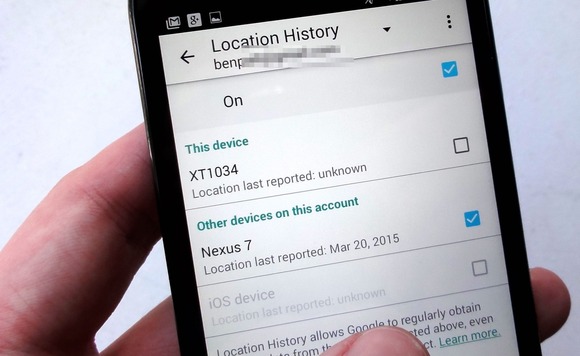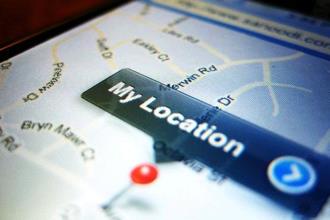
As of 2016, there are over 107.7 million Android smartphone users in the US outfitted with a host of Goggle apps and software, including Google’s location services, a feature which drives Google Maps and provides localized information. But using these services comes with a catch: Google can only provide localized information if it knows your geographic position. Did you, however, that law enforcement are now using the data history to track suspected criminals?
In February 2015, a masked man robbed a Bank of America office in Ramona, California at gunpoint, walking out apprehended with more than $3,000. Later in November of that same year, someone matching his description robbed the same bank again. This time, witnesses identified 64-year-old Timothy Graham. Investigators were able to convict Graham for the recent robbery, but had further reason to believe he had been responsible for the February holdup too.
With few witness accounts and limited prospects, FBI investigators requesting Google provide the location data from Graham’s Samsung Galaxy S5, in an affidavit filed on February 8th, nearly a year after the initial robbery. This also comes just after the FBI paid more than $1.3 million to break into the iPhone of one of the San Bernardino shooters, possibly the largest ever publicized fee for a hacking job. Fortunately for the FBI, Google’s policy is to openly comply with lawful warrants for location data, a tactic police appear to be using to their full advantage in placing suspected criminals at the scene of the crime.
Jurors were eventually able to convict Graham of both robberies without presenting any Google-based evidence. Notably, there was no evidence of a legal challenge to the smartphone location request by the defendant, setting the precedent that, in accordance with Google’s policy to comply with lawful warrants, probable cause is the only thing standing between your location history and a police investigation.

Location data is automatically collected through Google maps’ Location History system— a little known feature that uses the phone’s location data to build a comprehensive history of where a user has been using GPS data, cell site information, and Wi-Fi access points While the feature has existed in various Google services for years, it became overtly visible with the release of the Google Timeline last July. Bear in mind, the information is only collected if a user enabled Location History while setting up their phone, although declining to do so limits personalization features such as location for GPS, local search, and weather, among others. For Android users, Googles’ location services is broken down into two categories—Location Reporting and Location History. Location Reporting apps like Google Now, Maps, Twitter, and even your camera app, access your position to suggest and tag local spots. Location History keeps track of previously searched and traveled destination.
For Android devices, both location services can be easily disabled by accessing the settings tab under Google Location settings. While Google remains transparent about its policy and how to turn off location services, many people are still calling for Location History to be better advertised and make it harder to enable.
Sources: The Verge , LifeHacker
Advertisement
Learn more about Electronic Products Digital





